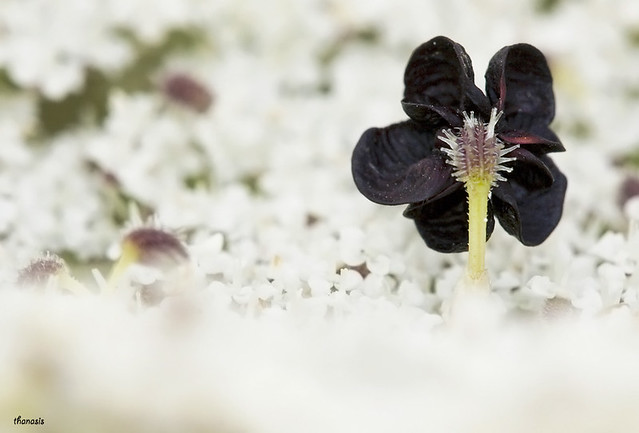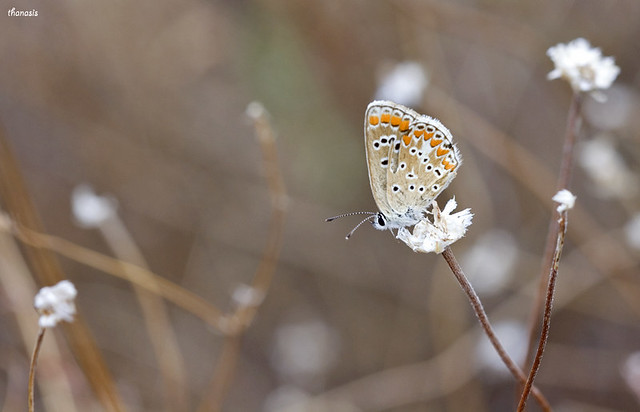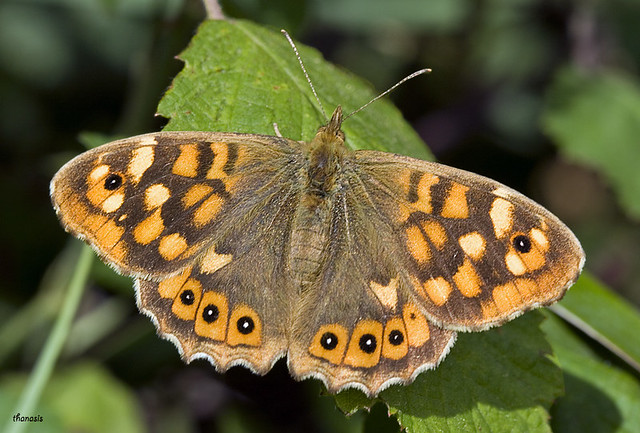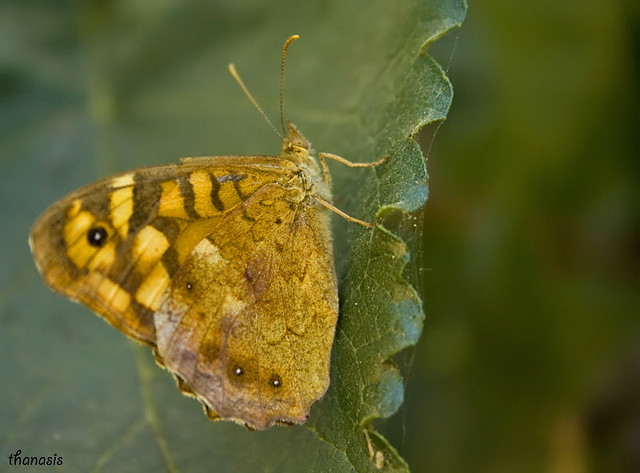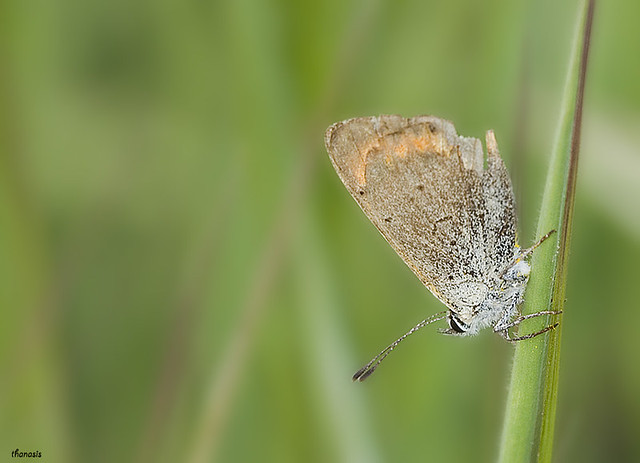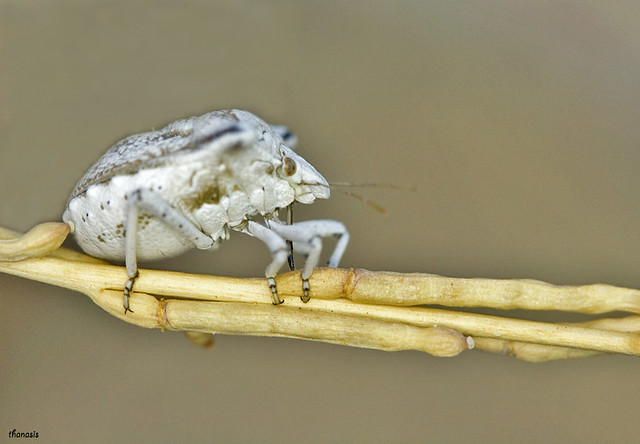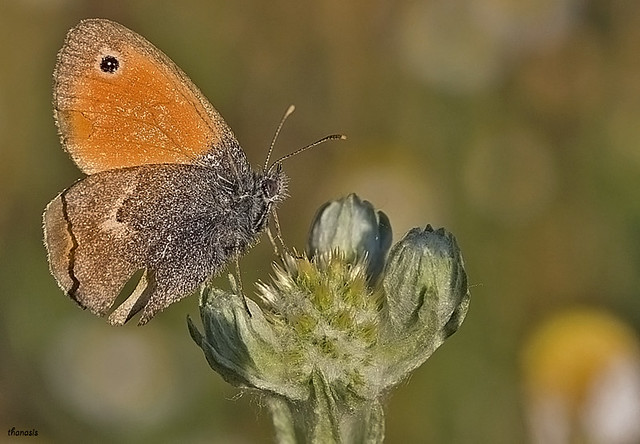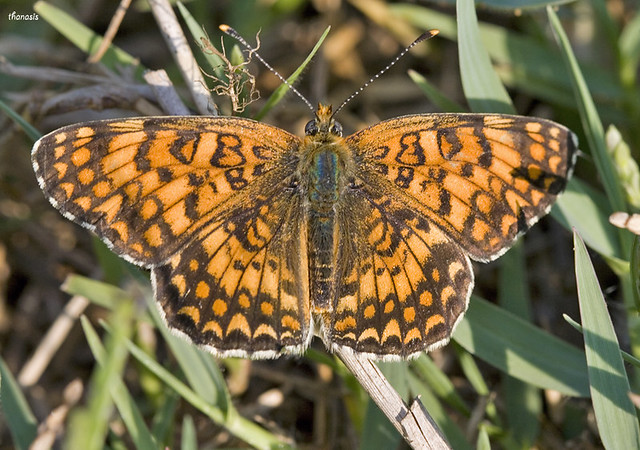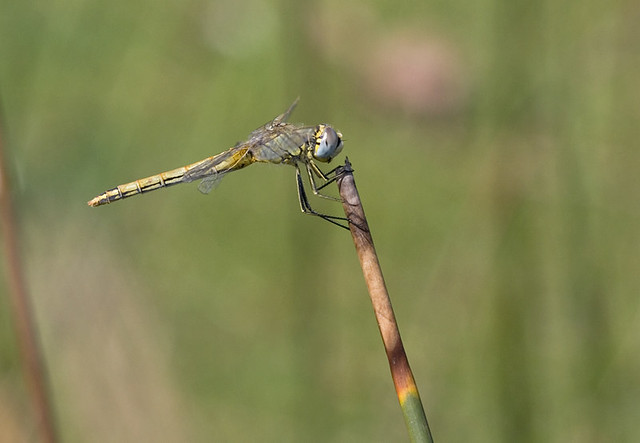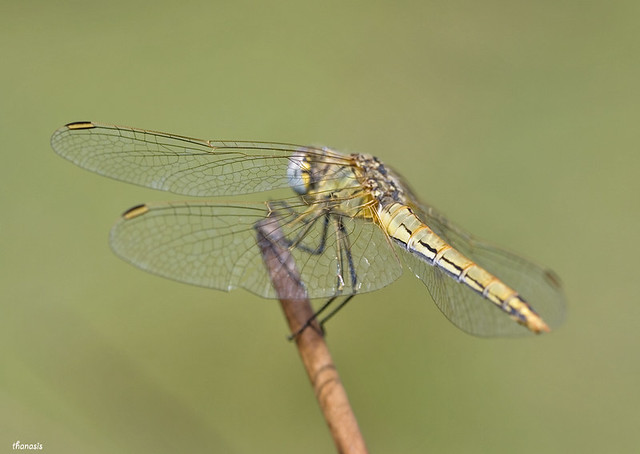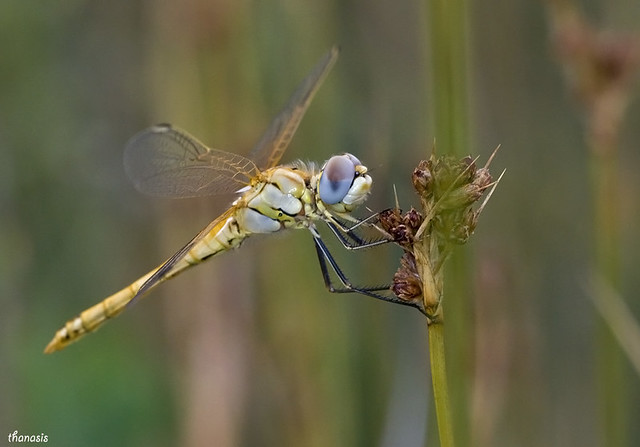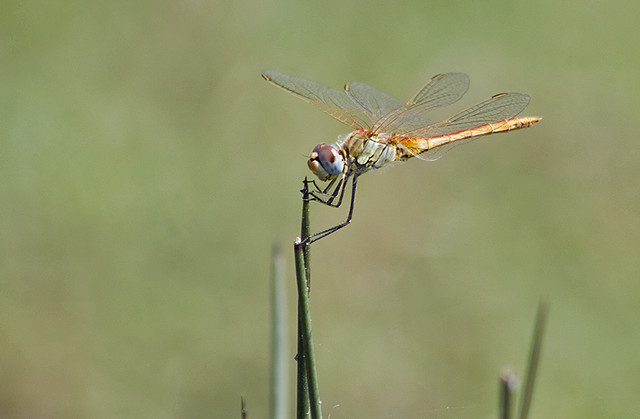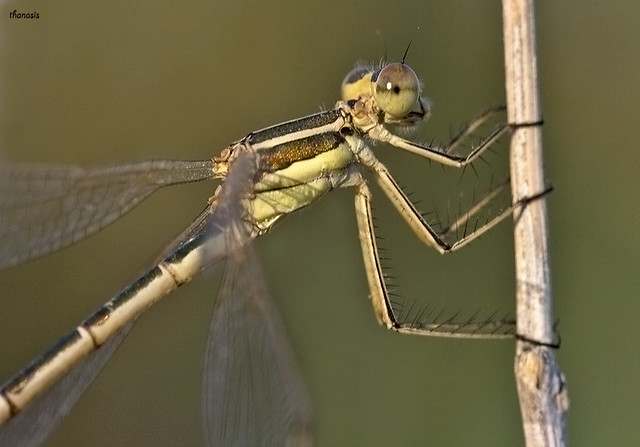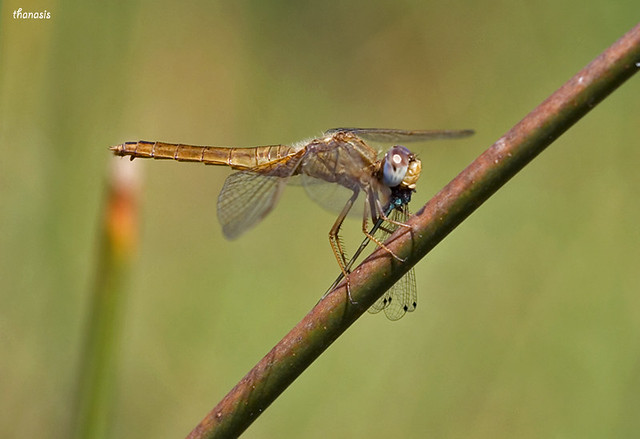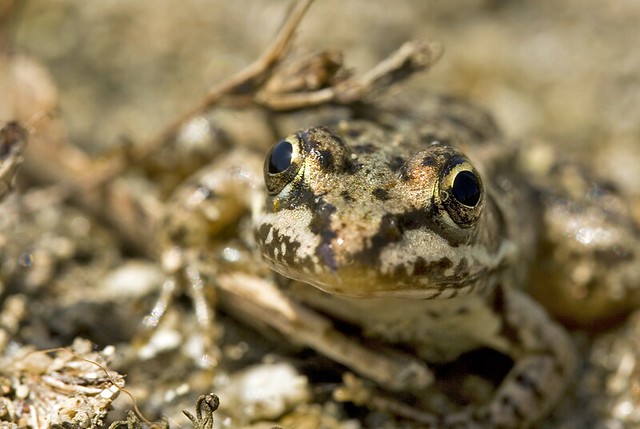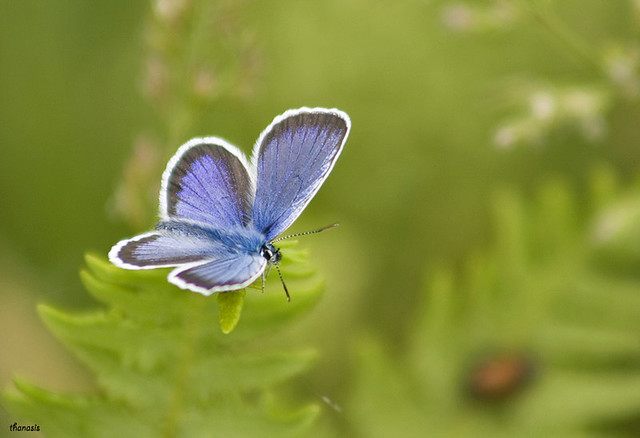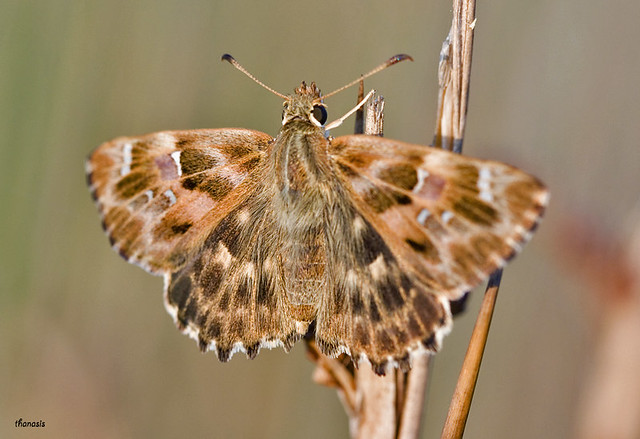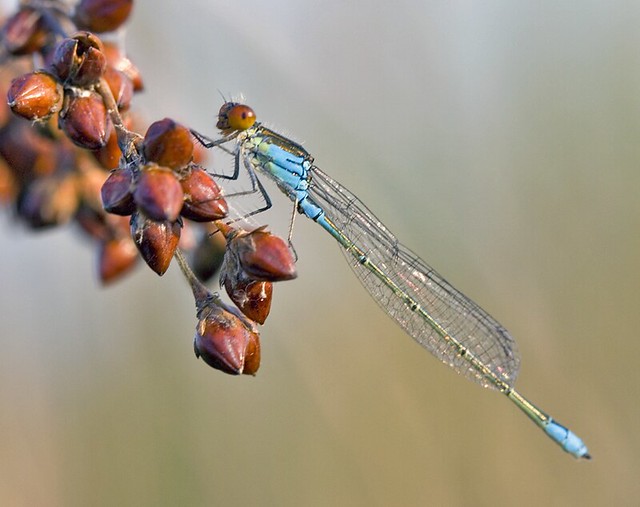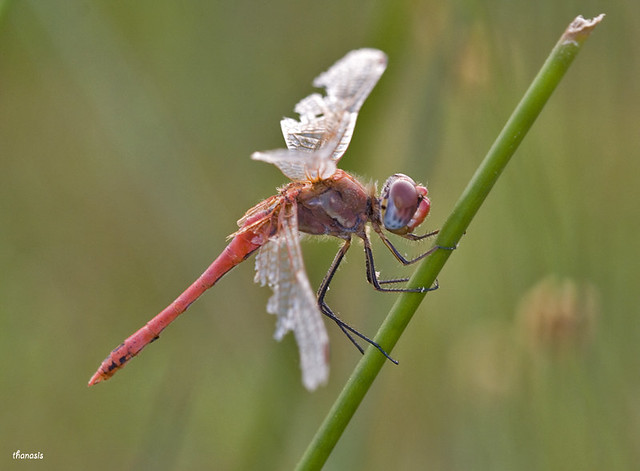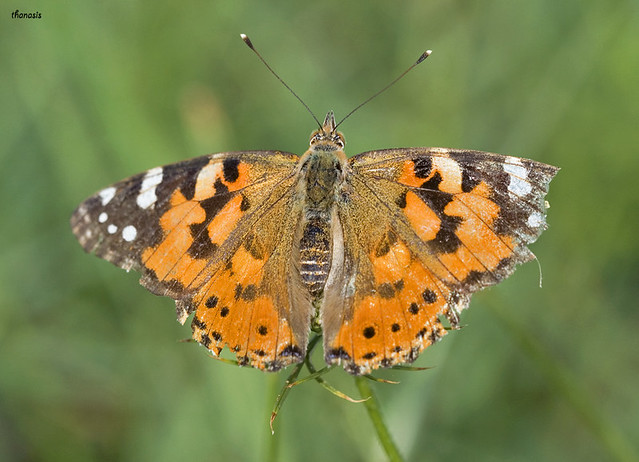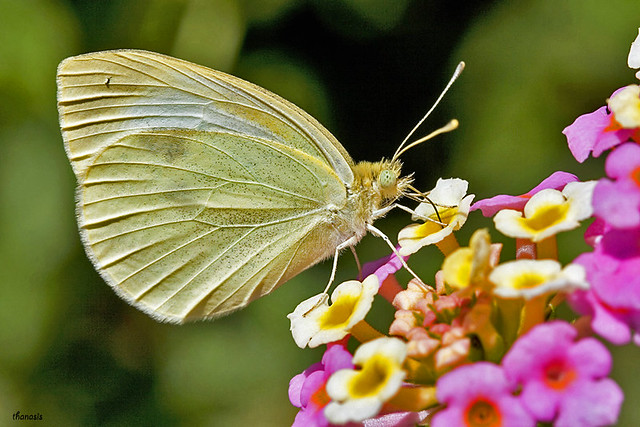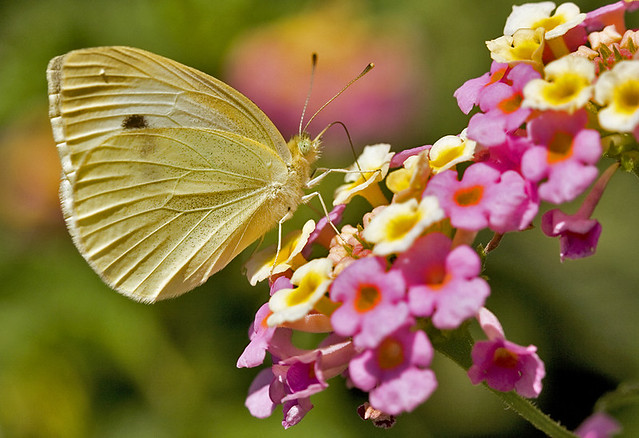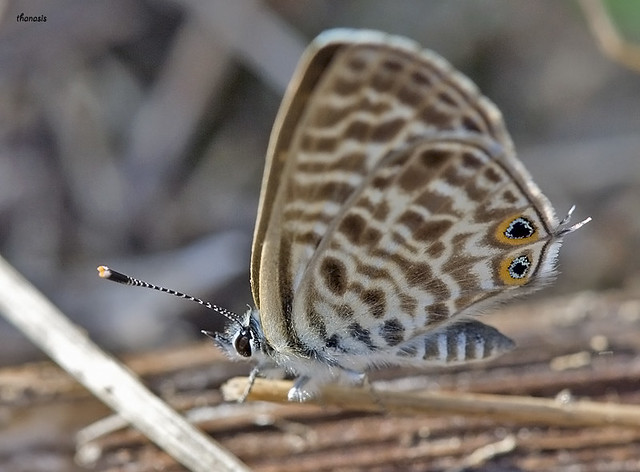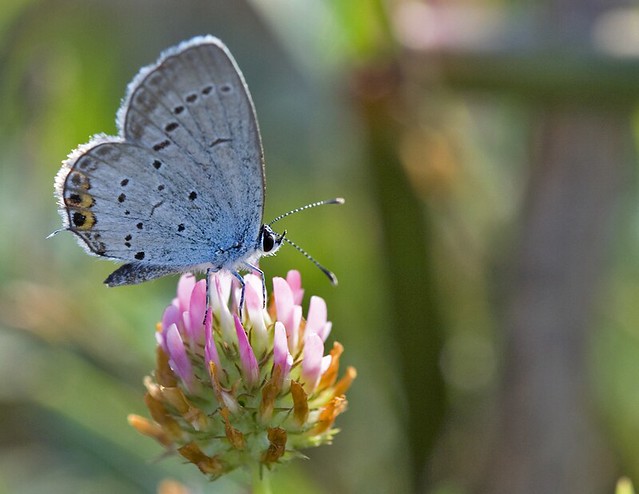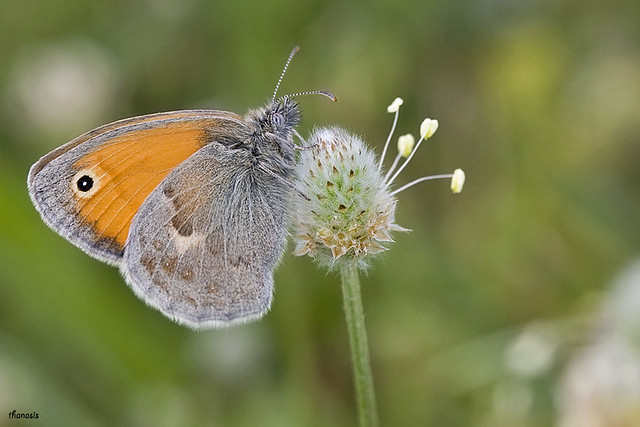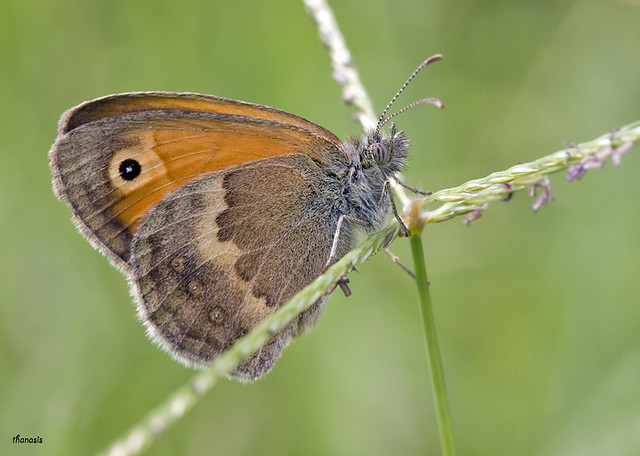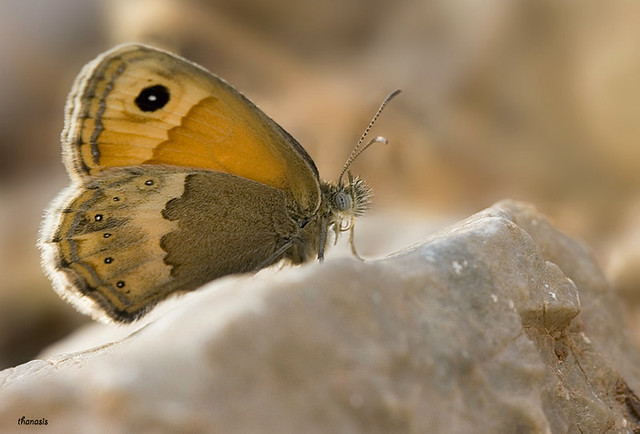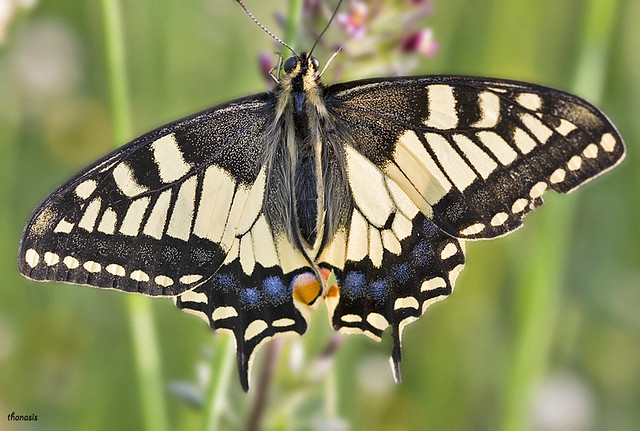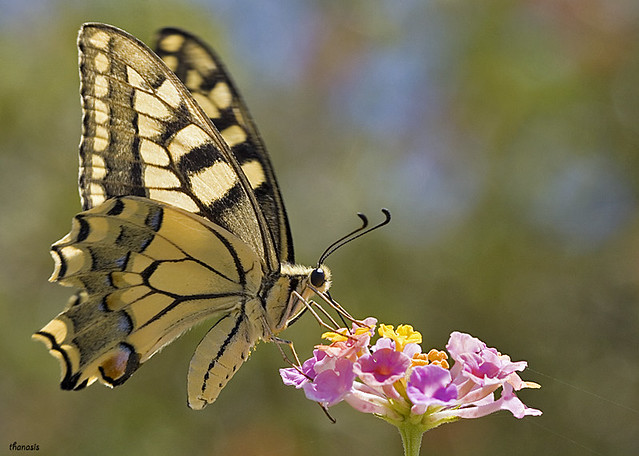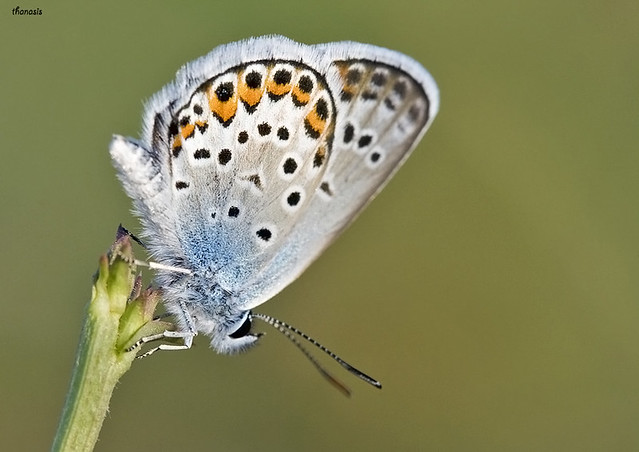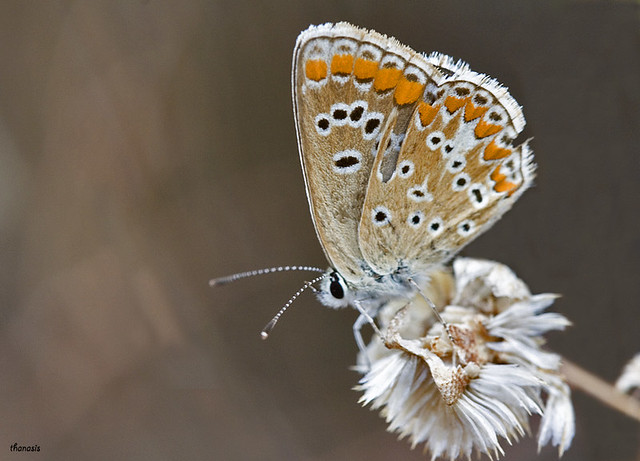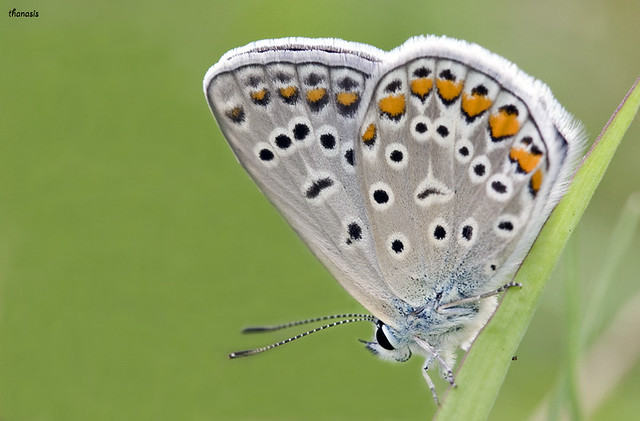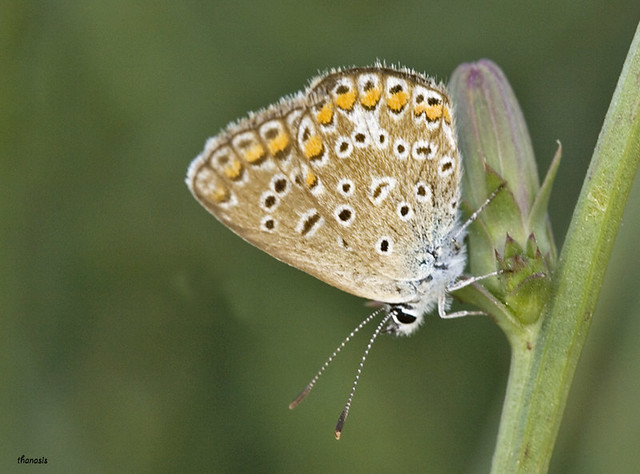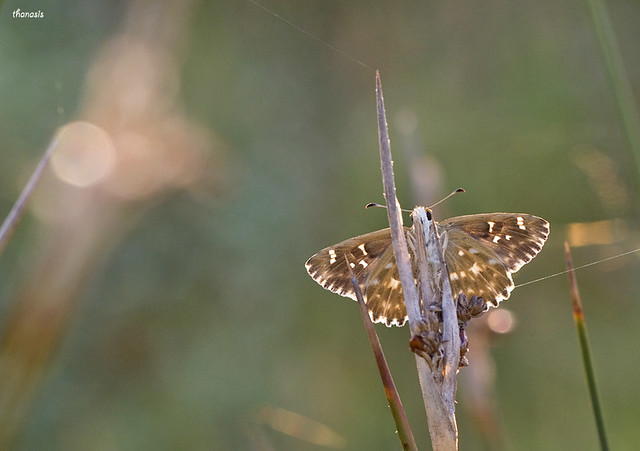Monday, December 29, 2014
Saturday, December 27, 2014
Wednesday, December 24, 2014
Tuesday, December 23, 2014
Sunday, December 21, 2014
Insects - Shield Bug
Labels:
Bugs,
Carpocoris mediterraneus,
Crete,
Heraklion,
Insects,
Macro,
Shield Bugs,
Έντομα,
Ηράκλειο,
Κρήτη
Wednesday, December 17, 2014
Tuesday, December 16, 2014
Monday, December 15, 2014
Butterflies - Knapweed Fritilary (Πεταλούδες)
Fritilaries in my opinion are the among most beautiful, yet most difficult to identify, butterfly species. These Knapweed Fritilaries (Melitaea phoebe) were mating in late summer in Lake Volvi. After a while I met another individual with its wings spread and was able to photograph the upperside as well.
Labels:
Butterflies,
Insects,
Knapweed Fritilary,
Lake Volvi,
Macro,
Melitaea phoebe,
Βόλβη,
Πεταλούδες
Saturday, December 13, 2014
ID - Red veined Darter - Immature male VS female
A common problem when trying to identify odonata species (both Damselflies & Dragonflies) is that immature males of a species often look quite similar to mature females, which can become very misleading. The easiest way for a fast and accurate identification is the observation of reproductive structures, such as the male secondary genitalia and appendages or the female ovipositor or the vulvar scale. However, in many cases this becomes difficult due to their small size or a not so suitable angle between the subject and the observed. In this cases coloration might become a better index for the identification. Here I will try to point out some differences between immature male and mature female red veined darters (Sympetrum fonscolombii).
This is a mature female individual. The abdomen's coloration, with the two black stripes running the ventral part of the abdomen, is characteristic for the females.
A better view of the female abdomen.
Now this is how an immature male looks like. The general similarity with the female is more than obvious, however the specific pattern in the abdomen is missing. Moreover, if you give a better look under the base of the abdomen (S2) you will notice a slight "swelling" which is a male's reproductive structure enabling him to transfer sperm to the female, the so called secondary genitalia.
Eventually, the immature male will start to become mature and change his colour to red. This is how this procedures begins. As you can see the dorsal of the abdomen has already turned red, and the rest of the body will follow.
Thursday, December 11, 2014
Damselflies - Migrant Spreadwing
Some days out in the field can be very poor. This is what happened to me on July 22, when I went out to photograph Dragon- and Damselflies and for the first hour I would only encounter the common and over-photographed Common Blue-tails. But then my luck changed and I saw one individual of a different speceis...which was this Migrant Spreadwing, (Lestes barbarus) a new species for me! Photographic from a distance at the beggining, and then getting closer step by step.
Labels:
Crete,
Damselflies,
Heraklion,
Lestes barbarus,
Macro,
Migrant Spreadwing,
Odonata,
Ηράκλειο,
Κρήτη
Tuesday, December 9, 2014
Butterflies - Wall Brown (Πεταλούδες)
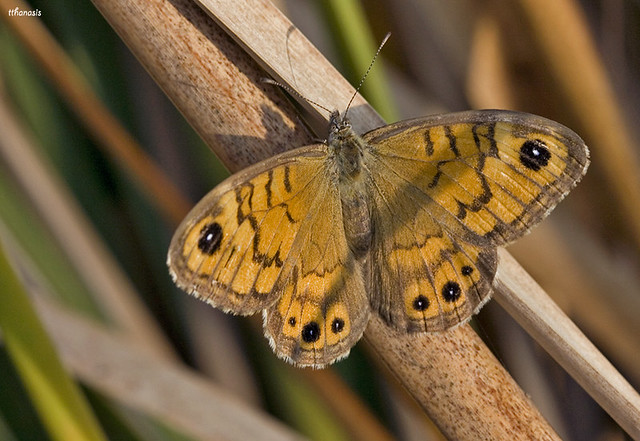
Wall Brown (Lasiommata megera)
Labels:
Butterflies,
Lake Volvi,
Lasiommata megera,
Macro,
Wall Brown,
Βόλβη,
Πεταλούδες
Monday, December 8, 2014
Marsh Frog...Smile!
Labels:
Amphibians,
Lake Volvi,
Macro,
Marsh Frog,
Rana ridibunda,
Αμφίβια,
Βατριάχια,
Βόλβη
Friday, December 5, 2014
Butterflies - Silved-studded Blue (Πεταλούδες)
It always feels nice when you go back to your archive and find a photo that you have missed. That's what happen to me when I saw this photo of a Silver-studded Blue (Plebejus argus) dating back to May 2009 (I didn't even have my macro lense back then...). This photo was taken in Chortiatis Mt., next to the city of Thessaloniki.
Labels:
Butterflies,
Chortiatis,
Macro,
Plebejus argus,
Silver-Studded Blue,
Πεταλούδες,
Χορτιάτης
Thursday, December 4, 2014
Wednesday, December 3, 2014
Camouflaging - Small Red-Eyed Damselfly
In nature, very often the best way to survive is to remain unoticed. However, if your body is blue and your eyes red things get complicated, unless you find something reddish and rest there for a while. That's excactly what this male Small Red-eyed Damselfly (Erythromma viridulum) chose to do in order to fit the environemt. This might not be so well displayed by this photo, but if you had the chance to see this insect from the front side, it was extremely camouphlaged!
Tuesday, December 2, 2014
Butterflies - Anomalous Blue (Πεταλούδες)
Labels:
Anomalous Blue,
Butterflies,
Insects,
Lake Volvi,
Macro,
Polyommatus admetus,
Βόλβη,
Πεταλούδες
Monday, December 1, 2014
Tuesday, November 25, 2014
Monday, November 24, 2014
Butterflies - Small White
Labels:
Butterflies,
Crete,
Heraklion,
Insects,
Macro,
Pieris rapae,
Small White,
Ηράκλειο,
Κρήτη,
Πεταλούδες
Saturday, November 22, 2014
Thursday, November 20, 2014
Wednesday, November 19, 2014
Butterflies - Small Heath (Πεταλούδες)
Small heath (Coenonympha pamphilus)
This species is found in mainland Greece, whereas in Crete its replaced by its congeneric, Cretan Small Heath
Labels:
Butterflies,
Coenonympha pamphilus,
Insects,
Macro,
Small Heath,
Vrasna,
Βόλβη,
Βρασνά,
Πεταλούδες
Monday, November 17, 2014
Sunday, November 16, 2014
Saturday, November 15, 2014
Friday, November 14, 2014
Thursday, November 13, 2014
Wednesday, November 12, 2014
Sunday, January 5, 2014
Subscribe to:
Posts (Atom)
